As bikes keep getting better, trails keep getting faster, and jumps keep getting bigger, there’s an increased risk of injury, too. But who likes wearing a full-face helmet on their home trails or on a singletrack mission? As such, lightweight, convertible full-face MTB helmets are on the rise, and we put nine exciting models through the wringer for you in our group test!
Although a high speed in itself has never hurt anyone, it increases the chances of injury when you’re forcefully brought to an abrupt stop. And we’ve all learned that crashing is an unavoidable part of our sport, and it can happen quicker than we often think. But, fortunately, it’s not just mountain bikes that keep getting better, but full-face helmets have also improved significantly over the years. Besides becoming safer, they’ve become lighter and better ventilated. That’s why many people now wear full-face helmets outside of bikeparks, and that’s a good thing! Because even if you have to pedal up to the trailhead yourself, there are plenty of trails out there that can easily keep up with bikepark lines in terms of speed and difficulty. In addition, it’s now mandatory to wear a full-face helmet at many enduro races, and helmets are usually required for the climbs, too.



The market for full-face helmets is difficult to keep track of: there’s a constant barrage of new models and versions being introduced, boasting a wide variety of safety features with fanciful names.
So, to help you separate the wheat from the chaff, we tested nine full-face helmets, including three convertible models with removable chin-guards. The remaining six helmets rely on a fixed chin-guard, but five of them promise to be lightweight and highly ventilated. The Giro Insurgent is marketed as a downhill helmet, making it the outlier of the test field – but it also serves as a reference for weight, ventilation, and fit.
What should you look for in a lightweight full-face MTB helmet?
Of course, protection is key with a full-face mountain bike helmet. That is why we will also be highlighting the various safety standards and ratings. The helmet should also offer a secure and comfortable fit, of course. That prevents it from shifting during a crash, and if it’s comfortable, you’ll wear your full-face helmet more often. And, as we all know, the best protection is the protection you wear. So, if you have the opportunity, it’s worth trying on a few helmets to find out which one fits your head best. However, we’ll also tell you how comfortably and securely the various full-face helmets fit the different heads in our office, of course ;)


Safety standards and ratings for full-face mountain bike helmets – What do they mean?
To assess the safety of a full-face helmet, you can look at the official standards as well as ratings from independent testing institutes. There are a wide range of procedures and the various tests differ greatly in terms of drop heights and maximum permitted forces. Check out our safety bible for an in-depth look. The two most important standards are the European EN 1078 CE standard and the American ASTM F1952 standard. However, both are limited to linear forces. They don’t take rotational forces into account, which are said to increase the risk of concussions. This is where independent tests such as those from Certimoov or Virginia Tech come into play. They have more extensive procedures that also test rotational forces, and the helmets are rated according to their effectiveness – the European and American standards mentioned above don’t go beyond a simple “pass” or “fail”. Systems like MIPS are designed to dissipate these rotational forces in the event of a crash, thereby making the full-face helmet more effective in protecting your brain. By the way, all the helmets on test feature MIPS technology.
EN 1078 CE – The minimum requirement
To be able to sell helmets in the EU and a large part of the world, the EN 1078 CE standard is required. This applies to all areas of cycling, from city to road and mountain bikes. However, this standard is now more than obsolete and all helmets on test far exceed its criteria. The fact that a full-face helmet passes this standard doesn’t say much about its protective value – especially since only the helmet shell is tested and not the chin guard.
NTA 8776 – The ebike standard
The NTA 8776 standard applies in the Netherlands to e-bikes that assist up to 45 km/h, also known as S-pedelecs. Since its requirements are stricter than those of the EU standard, some manufacturers also test their full-face mountain bike helmets according to this S-pedelec standard. However, it doesn’t test the effectiveness of the chin guard either.
ASTM 1952-15/2032-15 – The standard for full-face helmets
The American ASTM 1952-15/2032-15 standard also has stricter requirements than the EU standard, but more importantly, it’s meaningful for full-face helmets since it includes the chin guard. Many enduro races where full-face helmets are mandatory require them to meet this standard. We believe this makes sense, since it ensures that the chin guard actually offers protection in the event of a crash. The full-face helmets on test with a fixed chin guard all meet this standard, though the MET Parachute is the only convertible helmet that ticks this box – so Bell and uvex have got to catch up!


Convertible vs fixed chin guard – What Are the pros and cons
The question of whether a convertible helmet or one with a fixed chin guard is the better choice depends on how you want to use it. A convertible helmet is a good choice if you ride with an open-face helmet in most cases, but still want to hit the bikepark every now and then or occasionally ride a hard enduro trail. They’re completely sufficient for these occasional missions and you’ve got one helmet that can do it all. You can also remove the chin guard on long climbs, of course, so you don’t overheat. However, convertible lids offer a compromised fit in full-face mode. Dedicated full-face helmets simply fit more securely and are more confidence inspiring, as the fit here is designed with the chin guard in mind. So, if you regularly go to the bikepark and also ride a lot of rough trails, you’ll be better off with a fixed chin guard version.

The full-face helmets on test
Of the nine full-face helmets on test, six come with a fixed chin guard, and three have removable versions. The prices range between € 320 and € 390, so there aren’t any massive price differences. Thus, the average price of the helmets on test comes in at € 345. On average, the full-face mountain bike helmets weigh 834 g. Unsurprisingly, as a full-on downhill helmet, the Giro Insurgent Spherical is the heaviest helmet in the test field, tipping the scales at 1,156 g. On the other end of the scale is the uvex revolt MIPS, the lightest helmet on test at just 671 g. All the weights stated are those of the largest sizes, as measured in house. The Specialized Gambit stands out with its compact dimensions and slender look, but can it score in terms of comfort, too? The Troy Lee Designs Stage is the only full-face helmet on test that doesn’t allow you to adjust the fit with the help of a ratchet, only relying on interchangeable pads instead. Fox equip their Proframe RS with the brand new Integra Split system from MIPS – is that the decisive advantage needed to come out on top? The POC Otocon already convinced our colleagues from the Design & Innovation Award, but does it have what it takes to beat the competition in this group test? The last addition to this test is the recently introduced Bluegrass Vanguard.
Among the convertible full-face mountain bike helmets, the Bell Super R Air Spherical is a hot favourite, because its predecessor has won in the past. But with the MET Parachute and the uvex revolt MIPS, it has two fierce competitors with one or two innovations up their sleeves, especially in the way the chin guards attach to the helmets.

| Brand | Model | Convertible | Weight (g) | Price (€) |
|---|---|---|---|---|
| Bell | Super Air R Spherical (Click for review) | yes | 766 | 340 |
| Bluegrass | Vanguard Core Edition (Click for review) | no | 771 | 330 |
| Fox | Proframe RS (Click for review) | FALSE | 917 | 320 |
| Giro | Insurgent Spherical (Click for review) | no | 1,156 | 390 |
| MET | Parachute MCR (Click for review) | yes | 887 | 350 |
| POC | Otocon Race MIPS (Click for review) | no | 842 | 330 |
| Specialized | Gambit (Click for review) | no | 717 | 360 |
| Troy Lee Designs | Stage (Click for review) | FALSE | 764 | 370 |
| Uvex | Revolt MIPS (Click for review) | yes | 687 | 330 |
How we tested the full-face mountain bike helmets
To find the best full-face mountain bike helmet, we tested all candidates over the course of several months in different scenarios. In addition to countless trail laps, we wore the helmets to bikeparks and on rides in the Alps, and also entered the occasional enduro races with them.
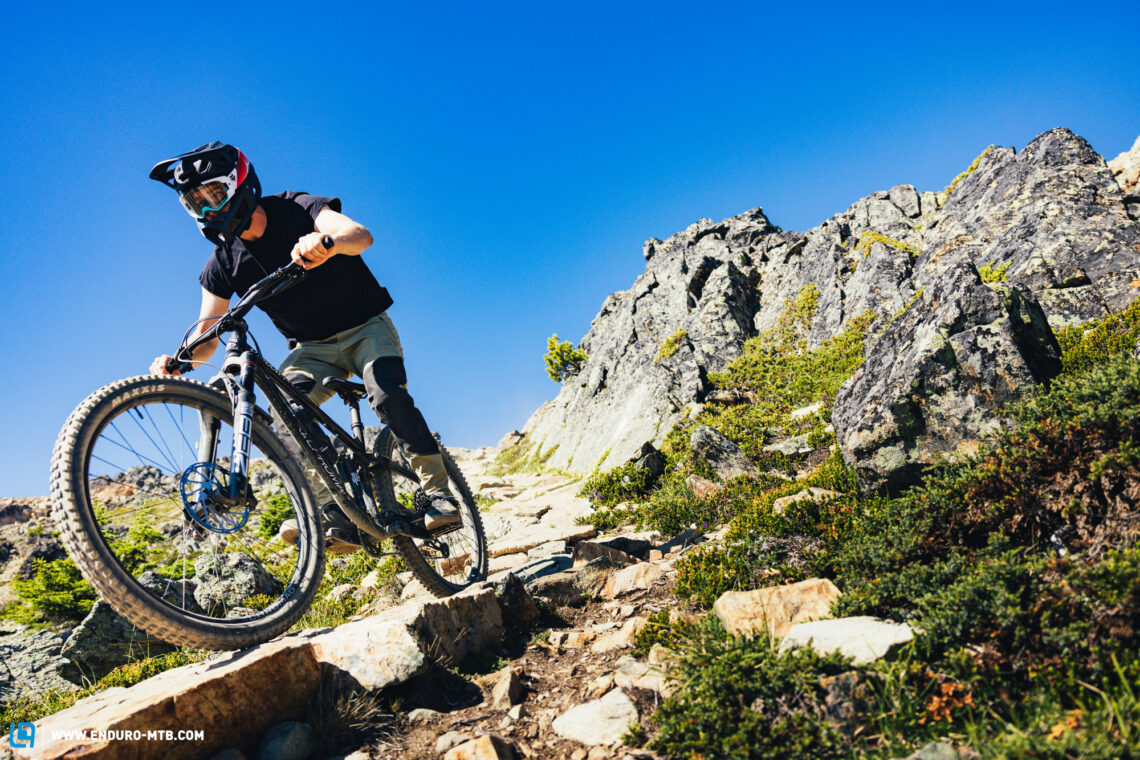
Of course, the fit is crucial. To get as many opinions as possible, offering us the most comprehensive assessment, our colleagues from E-MOUNTAINBIKE, GRAN FONDO and DOWNTOWN were also allowed to try the helmets on and give us their feedback. Long-term comfort, confidence, ventilation, and the noises they make became evident on the trails. And some of them creak and squeak quite audibly. We also included the handling of the full-face MTB helmets and, above all, the handling of the removable chin guards in our final evaluations, of course.
In this case, however, we opted against laboratory tests, because current tests only reflect reality to a limited extent. What really protects your head in the event of a crash currently still remains unclear. Some very unspectacular crashes can lead to concussions, for example, while others simply dust themselves off and walk away from the most harrowing looking impacts. As such, comparing isolated forces from linear impacts doesn’t tell us much. And it’s unclear which of the various protective mechanisms in the helmets actually help. Therefore, we advise choosing a helmet that fits well, meets the mentioned minimum standards, and offers protection from rotational forces via something like MIPS. You can also find helmets that have been certified by independent testing institutes such as Virginia Tech or Certimoov online.
The tops and flops the full-face mountain bike helmets on test
Tops
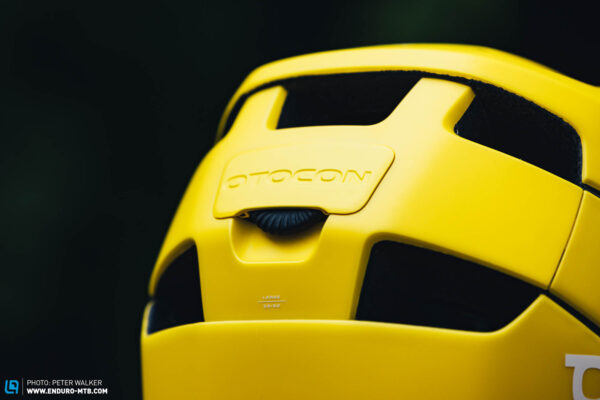
POC and Specialized integrate the fit adjustment knob into the helmet shell – elegant!
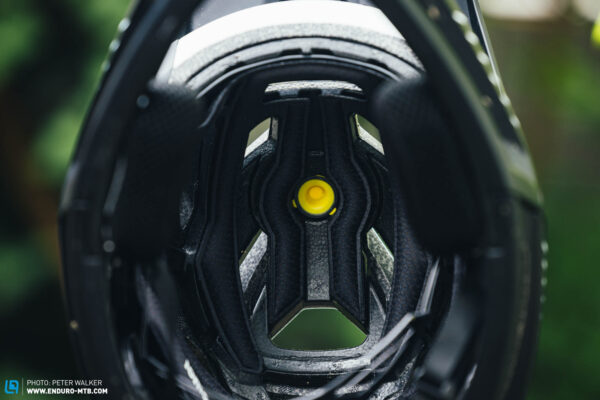
All the helmets on test are equipped with MIPS liners and thus mitigate rotational forces in the event of a crash.

The Fidlock closures on the MET, Bluegrass, Fox, and Troy Lee Designs helmets are secure and easy to close – even if you only have one hand free.
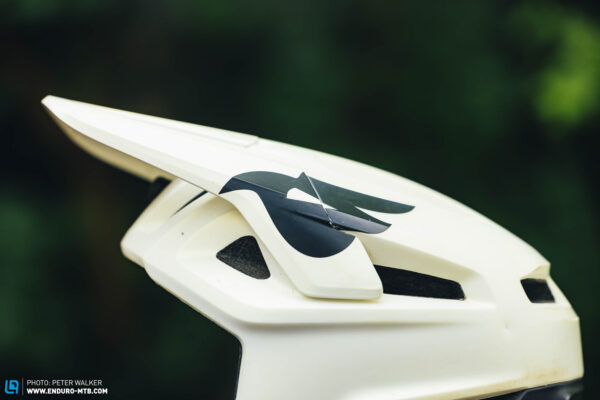
All of the helmets on test have flexible visors. As such, they’re less likely to break in the event of a crash and should also help absorb forces in the event of an impact.
Flops
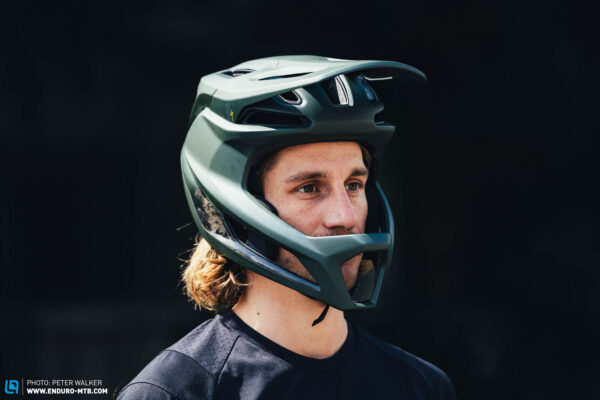
The Specialized Gambit has a very shallow fit, so it felt like it was perched rather loosely on our heads.
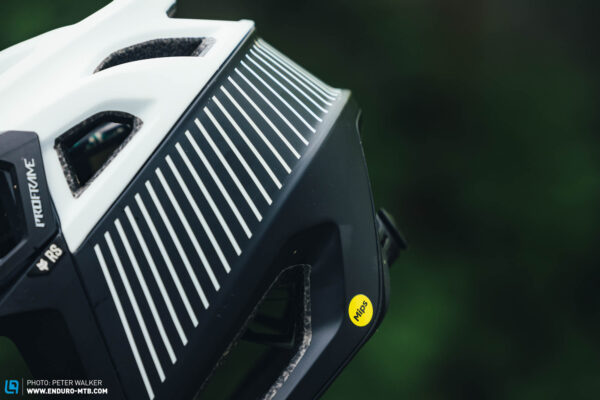
The position of Fox’s fit adjustment system is a bit awkward as we found that it rubbed against our ears – annoying.
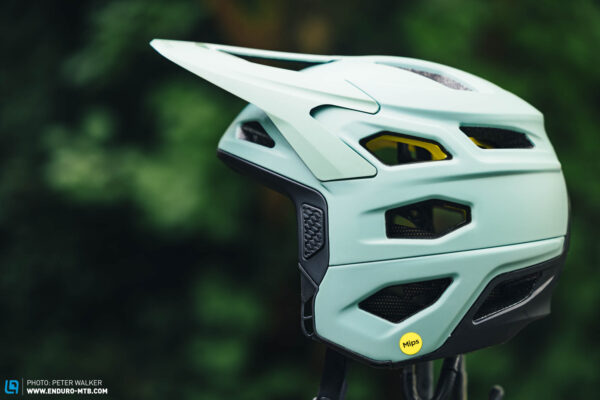
Due to the flight helmet shape of the uvex, it tends to build up heat on the climbs. Therefore, it partially cancels out the advantages of having a convertible helmet.
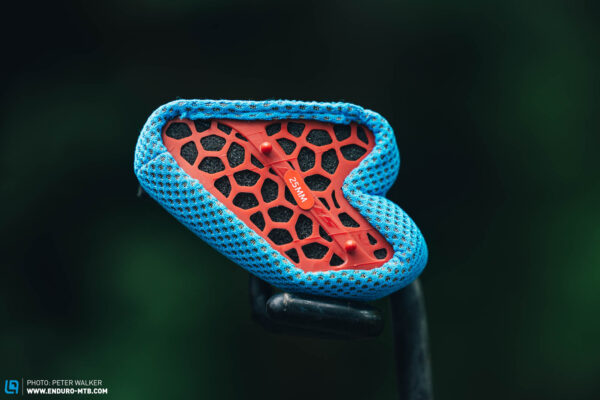
The fit of the Troy Lee Designs full-face helmet can only be adjusted to a limited extent by swapping out the pads. The thick cheek pads are wobbly and don’t provide a secure fit.
Our conclusion – Which full-face mountain bike helmet for which application
Even though the full-face mountain bike helmets on test are all very similar on paper, there are big differences in practice. No other helmet on test felt as secure and confidence inspiring as the Giro Insurgent. The heavily padded interior gives it a very snug fit and even though some of its lightweight competitors come close, none of them offer the same level of security. If you spend a lot of time hitting booters in the bikepark and never pedal up, a genuine DH helmet is still the best choice. If, on the other hand, you want a more versatile full-face helmet, a well-ventilated, lightweight or convertible version makes much more sense.
The best helmet in this test – Bluegrass Vanguard
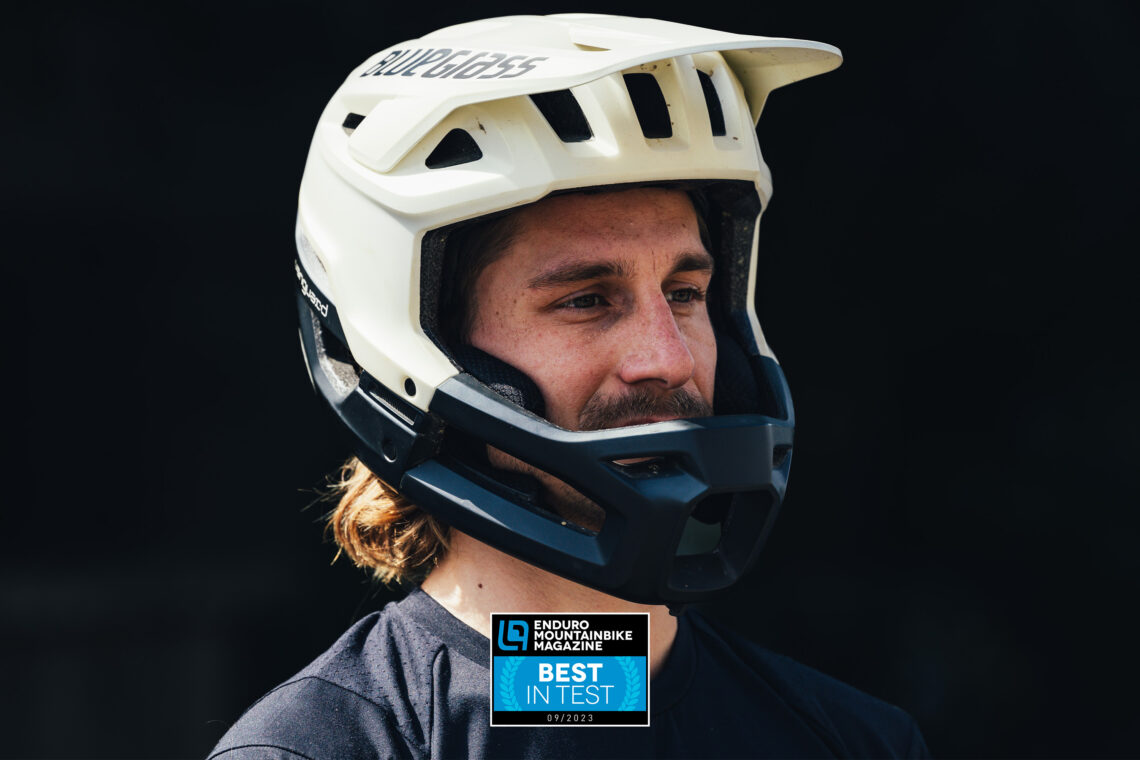
The Bluegrass Vanguard Core Edition already cuts a fine figure on paper: going for € 330, it’s one of the most affordable helmets on test, but it’s one of the lightest too at 771 g. However, the Vanguard can back that up on the trail, delivering a performance that’s unmatched by any of its competitors. It offers an excellent fit for a variety of head shapes, good ventilation, and an unparalleled feeling of confidence. Hands down the Best in Test!
Did you enjoy this article? If so, we would be stoked if you decide to support us with a monthly contribution. By becoming a supporter of ENDURO, you will help secure a sustainable future for high-quality mountain bike journalism. Click here to learn more.
Words: Simon Kohler Photos: Ulysse Daessle, Mike Hunger, Simon Kohler, Peter Walker









